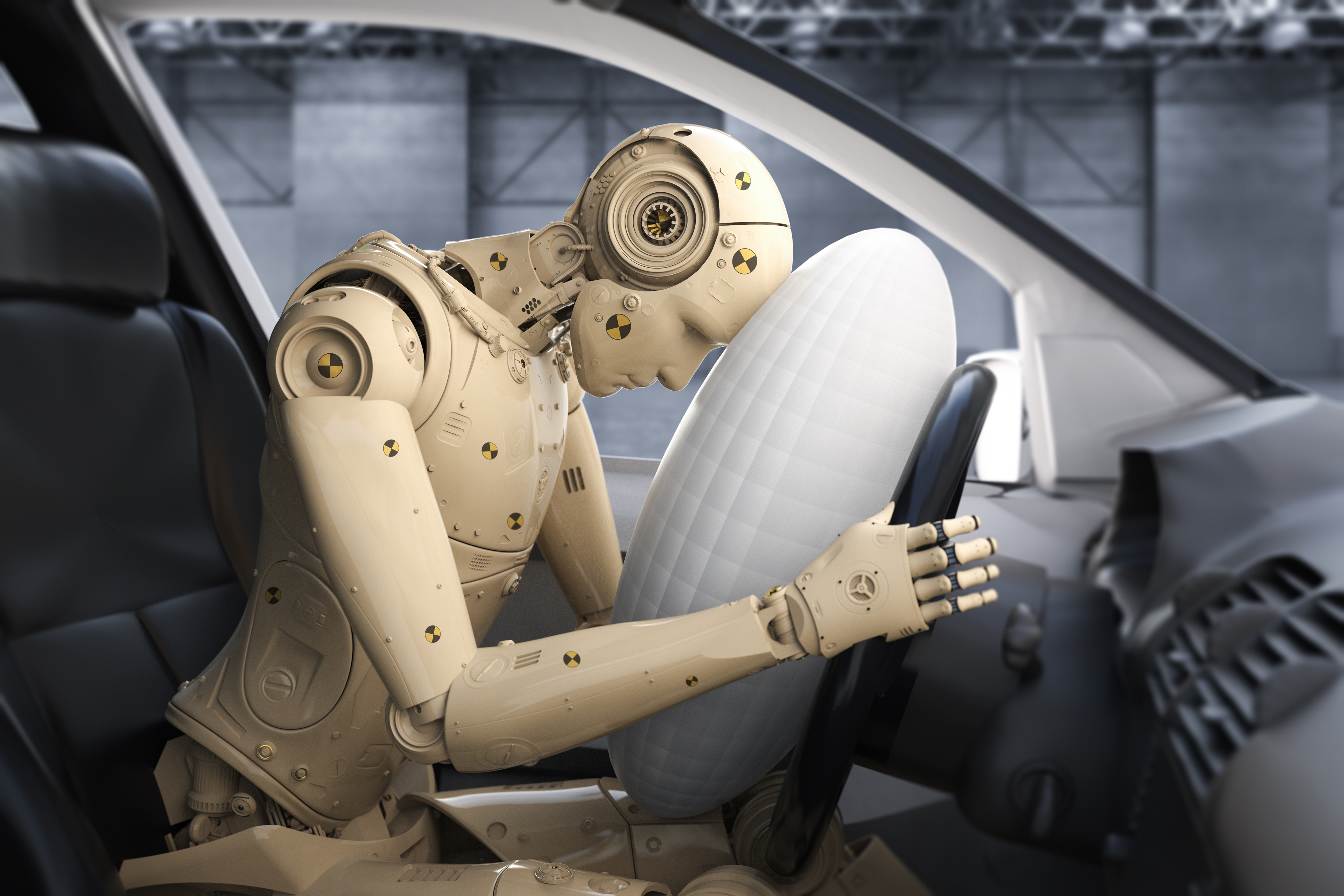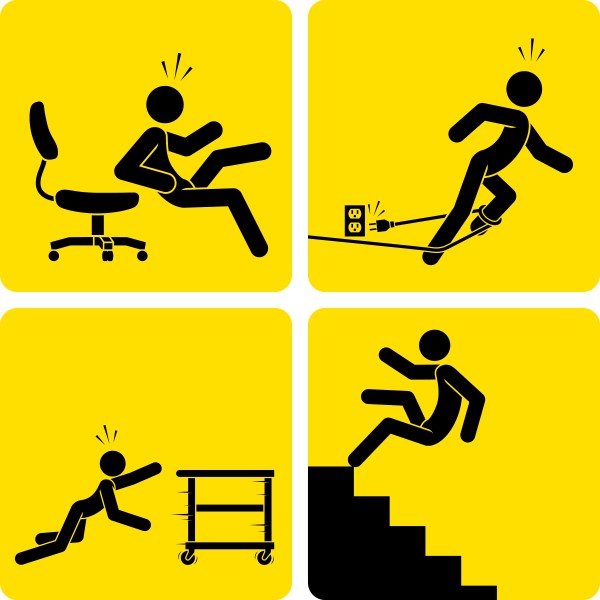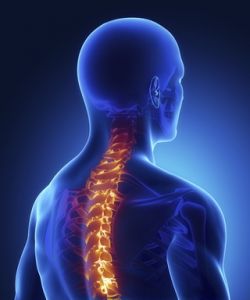Biomechanical experts provide scientific analysis of movements and forces that the human body may experience, especially for accidents that involve human injuries. Biomechanical engineering is commonly used to reconstruct motor vehicle crashes, slip, trip and fall accidents, pedestrian and bicycle crashes, and workplace injuries. Biomechanical investigations help determine what types of injuries could have occurred based on evidence and science and can clarify questions that arise when events are unwitnessed or if there are inconsistencies between the accident scenario and the injuries being claimed.
Our experts provide a wide variety of services that are aimed at providing a comprehensive understanding of the various factors that contribute to injuries. We examine the relevant factors in an incident, analyze the ergonomic human factors required to operate equipment and machinery, and more. Some of CED’s biomechanical services include: analysis of injury for different types and magnitude of applied forces, quantifying the ability of persons to perform various physical maneuvers, quantifying the amount of motion and forces involved during automobile accidents, quantifying the likelihood of slipping or tripping on walkways with potentially hazardous conditions, seatbelt use and effectiveness, slip resistance testing of walkway floor surfaces, determination of the types and magnitudes of forces required to create alleged injuries, head injuries, spine injuries, neck injuries, low back injuries, knee injuries, shoulder injuries, wrist injuries, ankle injuries, elbow injuries, analysis of the range of motions for human body joints, analysis of the ergonomic human factors required to operate equipment and machinery, and more.
Providing data-driven explanations of kinetic events can influence design and safety practices, improve scientific understanding, and inform legal decisions. CED utilizes a variety of tools to support our data driven approach when reconstructing accidents including but not limited to surveillance and dash-cam video analysis, crash simulations and animations, slip resistance measurement devices (English XL Tribometer and BOT 3000), handheld digital force measurement devices, crash testing with instrumented human models and volunteers.
Biomechanics can be used to reconstruct accidents and determine the cause of injuries. One topic which is often an issue involves whether a seatbelt was being properly worn and how effective that seatbelt would have been if used. In many car crashes, the severity of the crash is low but there still exists a potential for the human body to be accelerated forward or sideward into vehicle interior components. These movements can be limited by standard seatbelts depending upon the type of accident and if the vehicle's occupant is properly wearing both the lap and chest portions of the seatbelt. In many instances, people sit on top of the belt or simply place the upper portion behind their back. During an accident, the body may move quickly, and this movement may pull on the seatbelt rapidly. This rapid tension on the belt activates the catching mechanism in the retractor and limits further travel of the seatbelt and body.
Biomechanical evaluations are necessary in a wide variety of cases and accident scenarios as detailed in this article. CED’s team of top-notch accident reconstruction and biomechanical engineers can investigate and help to bring scientific explanations related to the causal and contributing factors to these intricate incident scenarios.






